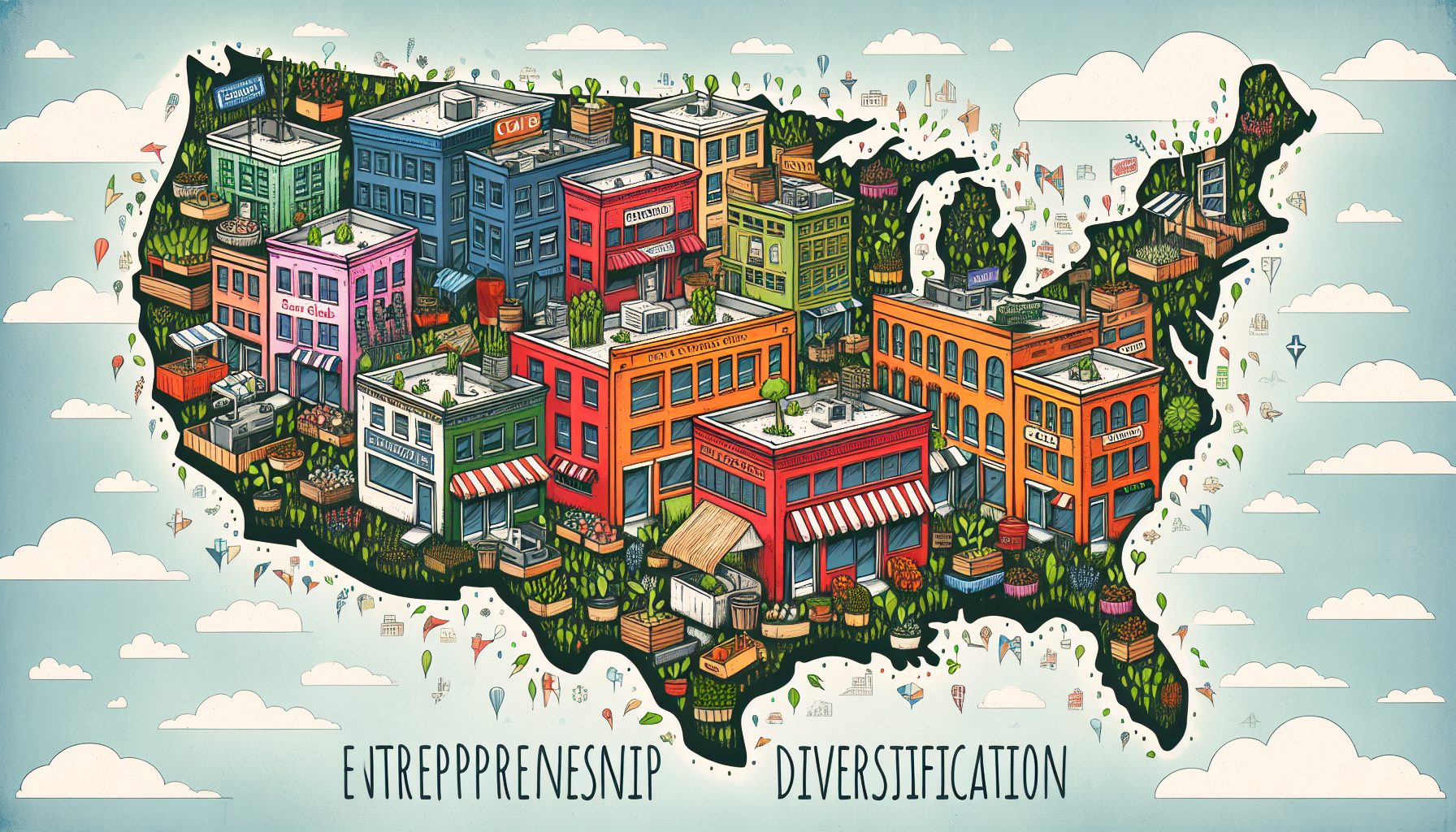
In 2003, BTM Corporation launched the BTM Institute as a research think-tank to provide thought leadership focused on the CONVERGENCE of multi-disciplinary management practices. Through various publications, knowledge communities, on-line management tools, events, and educational programs, the BTM Institute offers cutting-edge leadership development programs for organizational transformation and sustainable growth.
BTM INSTITUTE THOUGHT LEADERSHIP
Predictive Modeling Changes the Future
Creating different business scenario models allows executives a window onto possible outcomes, with each scenario representing an alternative for accomplishing the firm’s goals.
Collaboration and the Shared Services Organization
Management of complex, integrated enterprises may run more smoothly with the establishment of a Shared Services Organization.
Achieving Business Agility through Convergence
Conventional wisdom says large, established companies cannot be agile. That’s not the case.
Project Mismanagement, Pentagon Style
Be clear on project objectives before falling in love with features – or you could end up with an expensive dud.
Managing The Virtual Enterprise
Measuring performance in an extended enterprise takes specific knowledge and management skill — and makes technology into a commodity.
No Measurement Means No Management
Overcoming the barriers to operational efficiency.
A Management and Information Perspective on Healthcare
You would never put up with anything as inefficient as the US healthcare system in your own organization. Maybe we should apply some of the principles you use to the problem.
The Speed of Business Today
Constant change is the new dynamic of the global economy, making agility more necessary than ever.
Repeatable Strategies for Business Technology
Business technology management boosts performance at Coca-Cola Enterprises.
Strategy Execution for Risk Management
Risk management and IT continuity are complex and critical disciplines.
Beyond Business Models
Business models are serious business — too important to leave to the marketers and pitchmen.
Becoming Better Business-Technology Leaders
Business and technology strategies must converge, not just align. And leaders at New York-Presbyterian Hospital are demonstrating how the success convergence can bring.
Transformation in Challenging Times
Transformation is the management challenge of the 21st Century.
The Challenge of Government Management
Making technology work for the common good is more about management than technology.
Make the Bad Times Work for You
Some of the most famous products, brands, and companies in the history of business were launched during bad economic times.
Designing the Right Kind Of Organization
How an organization is structured – its roles, processes and coordination mechanisms – can make or break its ability to achieve effective business technology management.
Obama`s IT Reality: Will It Be Change, or Just Hope?
The technology challenges President-Elect Barack Obama faces are similar to the ones CEOs grapple with every day. But they also shine a new light on critical infrastructure, security and healthcare issues. How will he handle them?
Driving to the Future
The U.S. auto industry’s pleas to Washington for a bailout are a perfect illustration of the forces making management in the twenty-first century a hair-pulling exercise, writes Baseline columnist Faisal Hoque. We are witnessing a dizzying restructuring of a global industry, with new players popping up anywhere and everywhere, even given the high barriers to entry to the game of making automobiles.
Main Street Innovation
The small to medium-size enterprise, or SME, may be part of the solution to the financial meltdown.
Living on Borrowed Time
Our response to the economic events playing out today should not be panic, retreat or budgetary ax wielding. Instead, we should adopt the management tools necessary to lead a 21st century organization.
Financial Meltdown: A Management Perspective
The failures of Wall Street, government agencies and financial institutions to police themselves begs the question: Do governance, business ethics and business models need to be redefined?
Managing Risk from a Board`s Eye View
Intensified concerns about risk management, auditing and fraud detection, and corporate governance have sensitized boards and top management teams to adopt an even more active role in the oversight of business strategy and key enterprise activities.
Competition From Emerging Markets
Learn how innovation and knowledge management is leveling the playing field of the knowledge economy. Examples include: Daiichi Sankyo Group, Ranbaxy Laboratories, Boeing and its 787 Dreamliner, InnoCentive, the Linux operating system, Cementos Mexicanos, China’s Haier Group and changes in global Internet use.
The Lessons from DARPA Continue
There are parallels between your organization and DARPA. The global playing field is filled with opportunities and huge risks. Good information, the ability to change quickly and the capacity to move swiftly are the only rational responses.
Governing an Extended Enterprise
Technology is the centerpiece of nearly every new endeavor. It is the connective tissue with people and organizations outside our four walls that is critical to success.
Going Beyond Borders for Growth
Outsourcing allows an organization to take advantage of a globally distributed pool of resources, while focusing resources and attention on core initiatives and improved business strategy.
Thinking Ahead: Preparing Next-Generation Leaders
We may all be in full batten down the hatches mode today, given the gathering economic storm clouds, but will we let the urgent drive out the important?
The Building Blocks of Corporate Agility
A conversation with V. Sambamurthy, Eli Broad Graduate School of Management Professor of IT and executive director, Center for Leadership of the Digital Economy.
What Are You Trying to Change?
Effective change management succeeds when taking the people factor into account.
Are We Arguing Over Money, Again?
Money makes the world go ‘round. And money makes our heads spin when it comes to wise technology investments.
Is Your Head in the Clouds
It takes a new way of thinking about IT and a separation of business from buzzwords to determine the real value of utility computing in your enterprise.
Biting the Customer Hand That Feeds Us
The extended enterprise needs to be precisely focused on customer needs.
Are You Having a CIO Identity Crisis?
Here is why there is a real crisis behind the notion of “CIO 2.0.”
Convergence: The Key to Successful Innovation
DeWalt proves that focusing on customer needs and experience, and aligning organizations toward meeting those needs, will lead to greater business advances.
The Journey Toward Shared Services
Taking a strategic view of shared services.
Handling the Census Handheld Debacle
Poor management, not poor technology, will cause the government to spend an additional $3 billion for the next census.
Politics 2.0 and the Rise of the Underdogs
Social networking, Internet-based tools and innovative thinking will disrupt and transform our electoral process
Transformation: Inertia to Agility
Business leaders need to incorporate innovation, efficiency and abandonment as a means for reaching greater success.
Connecting the Business Technology Dots
Companies that learn to leverage technology to improve agility, resiliency and innovation grow revenue and profits faster, says contributing columnist Faisal Hoque.
LEADERSHIP INSIGHTS
Unlikely Success in Innovation
Craig Newmark, founder of Craigslist, strives to make the Net more personal and authentic, while advocating social responsibility through the promotion of small, nonprofit organizations.
Executing a Global Strategy
From the BTM Institute’s Leadership Insights series of articles, Baseline showcases the article “Executing a Global Strategy,” which features a one-on-one interview with the CIO of the National Grid, Kathy Lane.
Getting the Right Strategy Mix
Through a program called Global Information Link (GIL), Chevron Corp. CIO Gary Masada builds a cutting-edge, highly efficient technology organization.
WORKBOOKS
Driving Collaborative Decision Making
Collaborative decision making involves three levels of collaboration: direct, model-level and alignment level.
Capturing Value from BPI
BPI is driven by the business model and drives the IT model.
Shaping a Transformation Strategy
Strategic enterprise architecture keeps transformation on target.
The Evolution of Organizational Process
A new perspective on business processes is based on business-technology capabilities, the need for real-time metrics and the adoption of a customer-focused, interorganizational orientation.
Creating Partner Processes that Enable Agility
Process improvement and innovation initiatives must be able to respond dynamically to rapid change and must span a company’s business network.
Building a Culture of Innovation
Combining an innovation lab with a viral adoption strategy is a powerful, creative and effective way to overcome friction and drive results that boost the bottom line.
Creating an Effective Investment Portfolio
Portfolio and program management takes an enterprisewide focus on defining, gathering, categorizing, analyzing and monitoring information on corporate assets and activities to achieve business objectives.
Business Requirements Should Drive Technology Investments
A business-driven technology strategy articulates the capabilities required for the success of an organization. To align your business-technology investments with your business strategy, you should focus on the type of value you want to create.
Decisions That Matter
Effective technology decision making requires a disciplined governance and investment management framework that’s grounded in strategy, focused on business needs, driven by business and technology professionals, and monitored by a professional enterprise program management office.
Strategy Execution for Enduring Performance
Through proper execution, an organization increases its ability to define a differentiating vision and strategy, and to ensure that its technology initiatives originate from its overall business strategy.
Building an Agile Organization
Strategic exploration and business agility are essential to establishing and sustaining an organization’s competitive position.
Assessing the Business Value of Technology
Using the right metrics to assess the business value derived from technology is critical in demonstrating the effectiveness of business-technology investments.
Shaping Your Business Strategy
Business technology enables business options through four strategic roles.
Business Technology Governance
Articulating a strategic vision about the role of business technology is a significant element of strategic governance.
Building the Right Architecture
A strategic enterprise architecture defines an organization’s business model and the technology environment that supports it. Here are five capabilities required to develop an effective SEA.
Mitigating Risk Requires Micro and Macro Views
Being vigilant about business-technology risk can make all the difference in its ultimate value.
Creating Business Technology Portfolios
Most enterprises haven’t mastered portfolio and program management to holistically plan and manage their technology infrastructure. Here’s how to fix that.
Strategic Planning: Turning Ideas Into Action
Transform the concepts of business technology investments into a quantified strategic plan that produces value for the enterprise.








